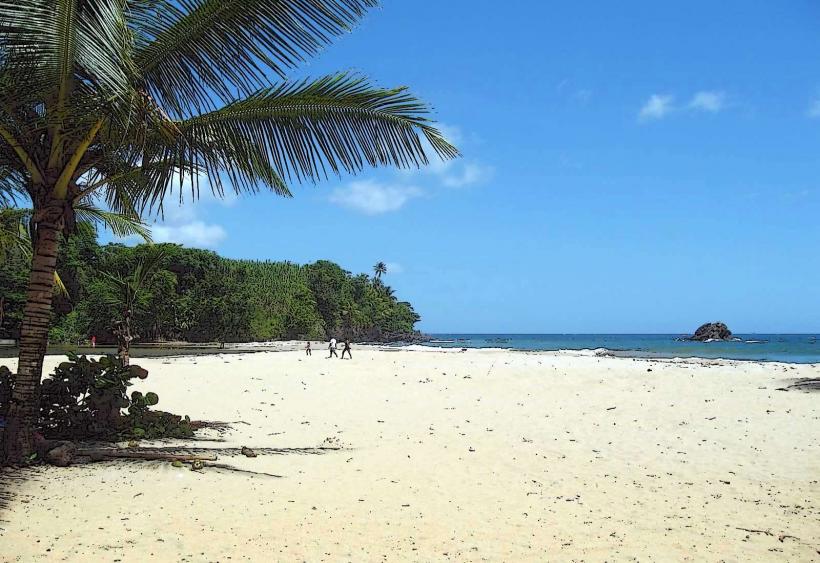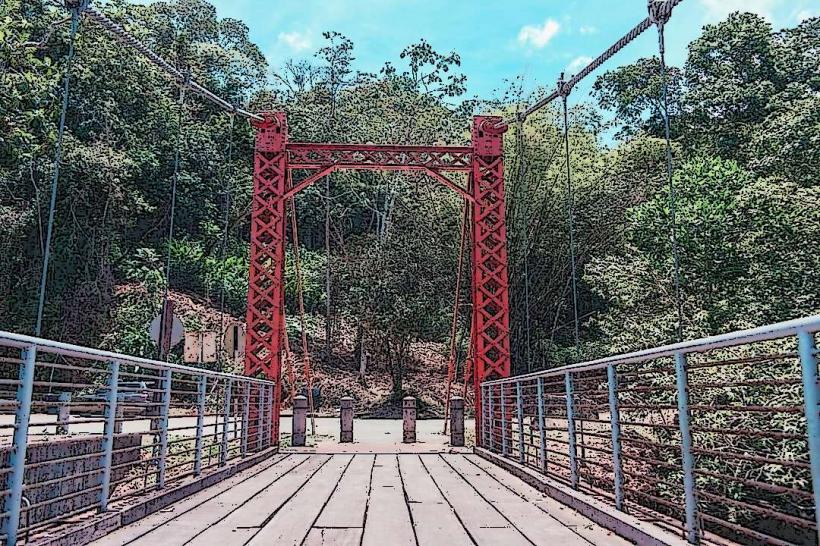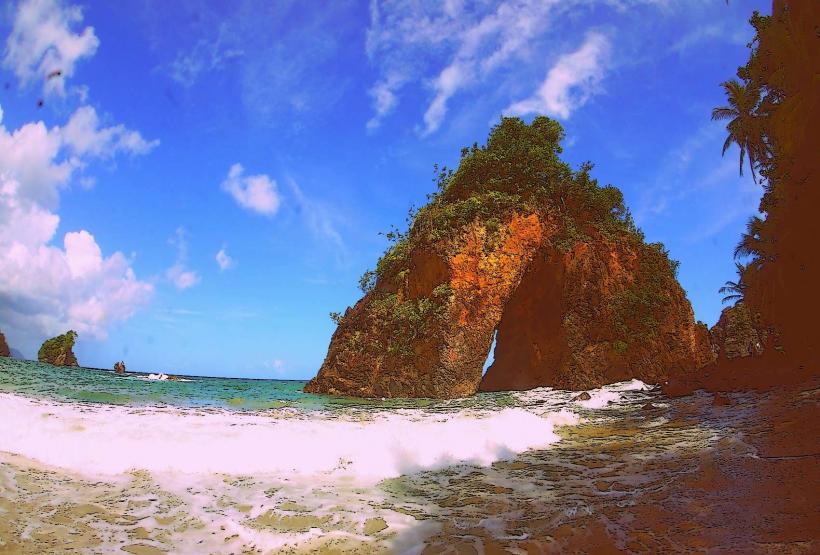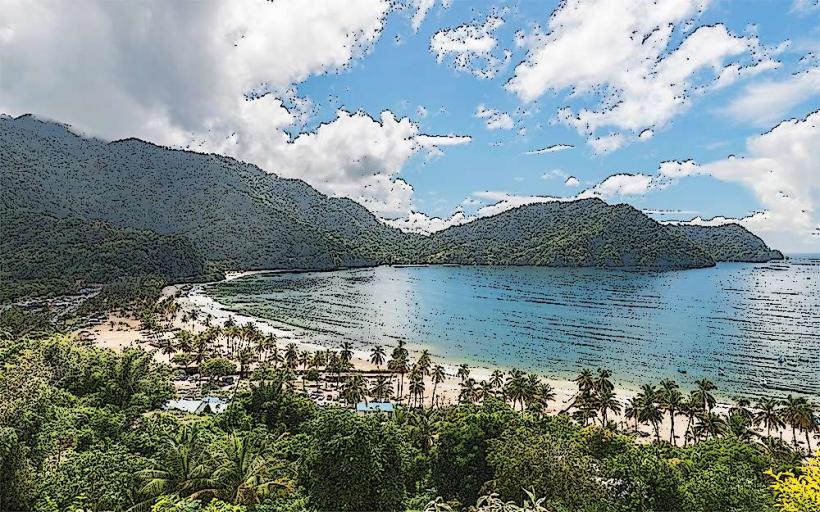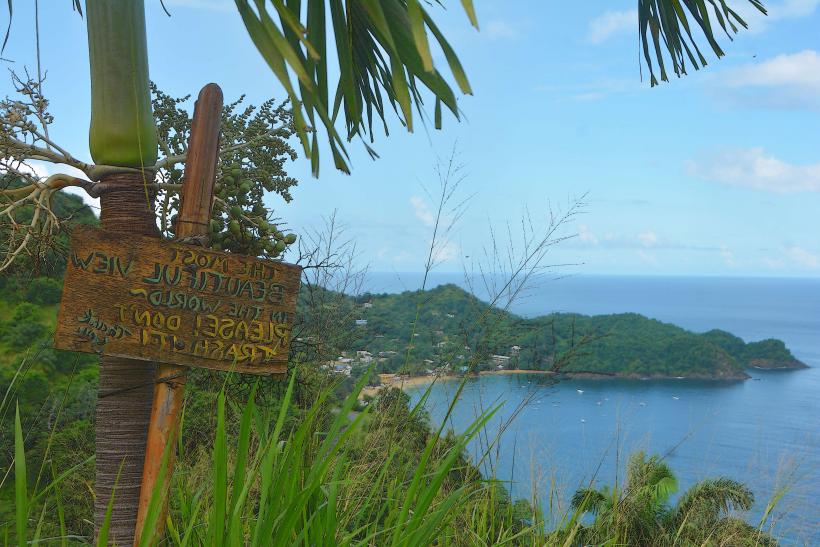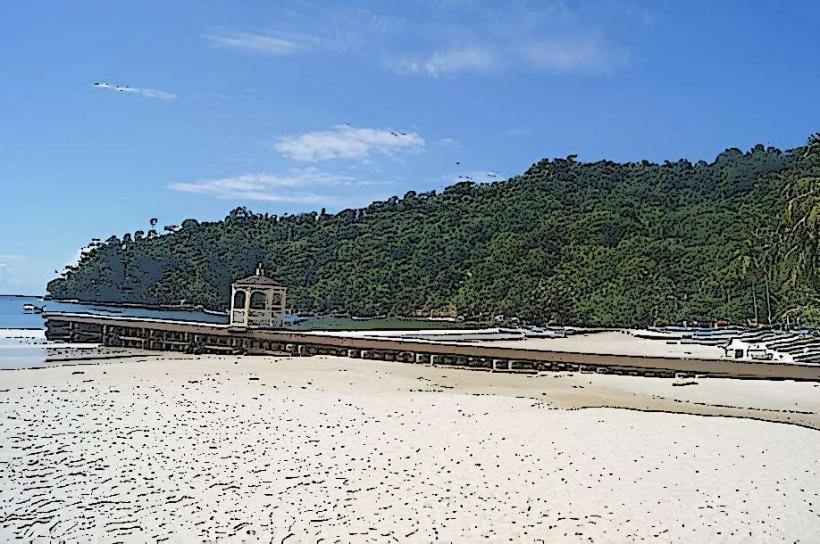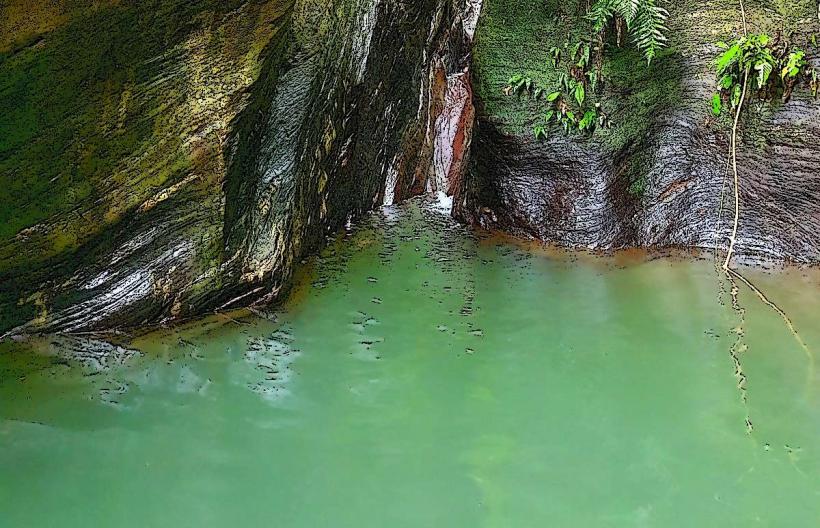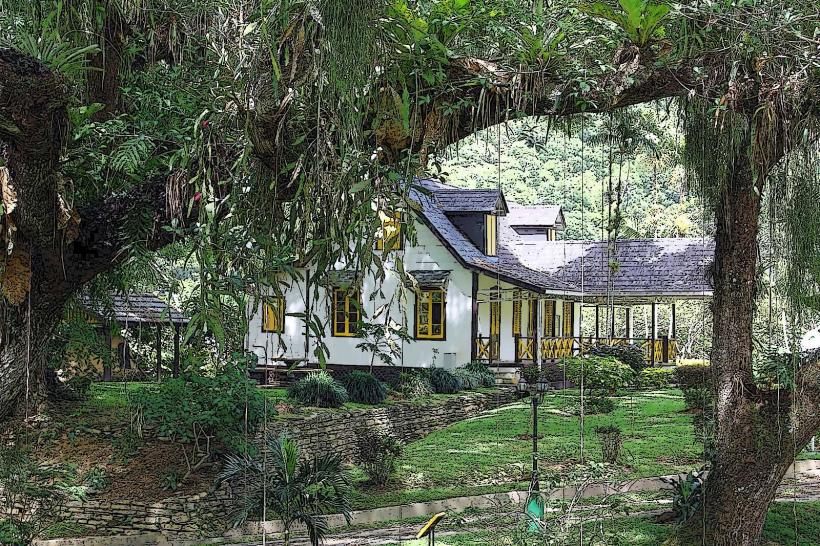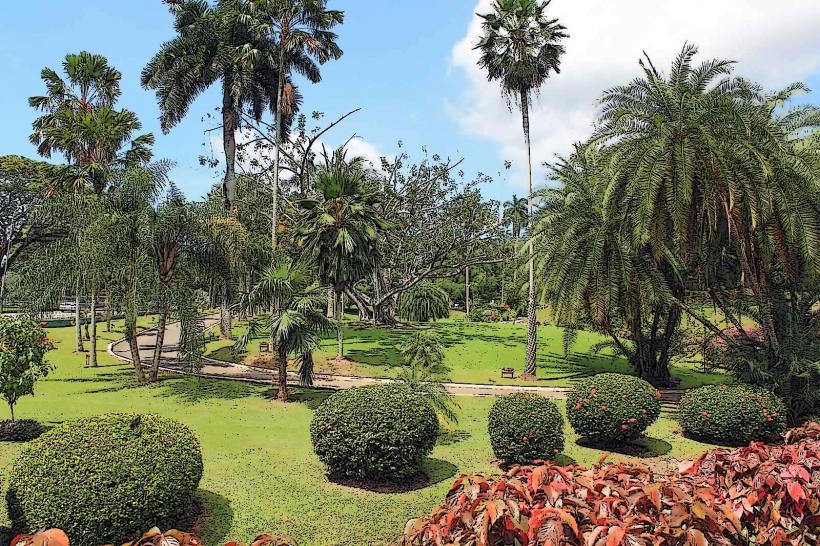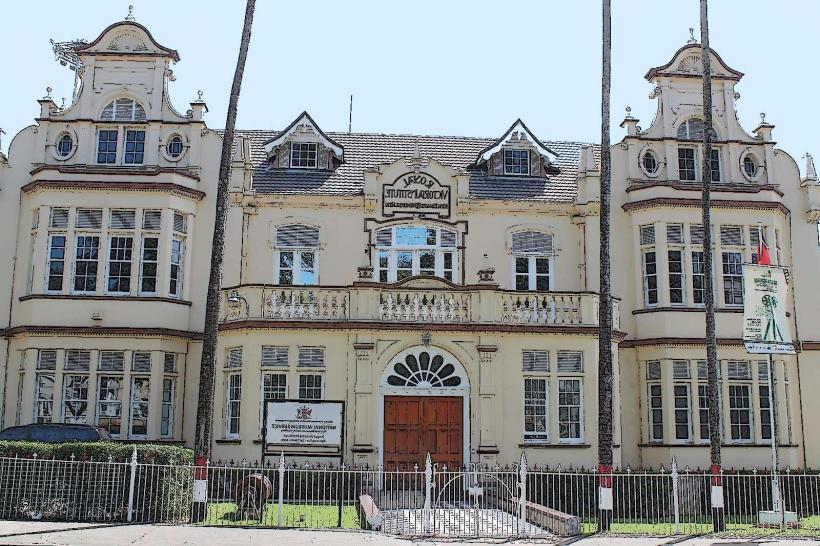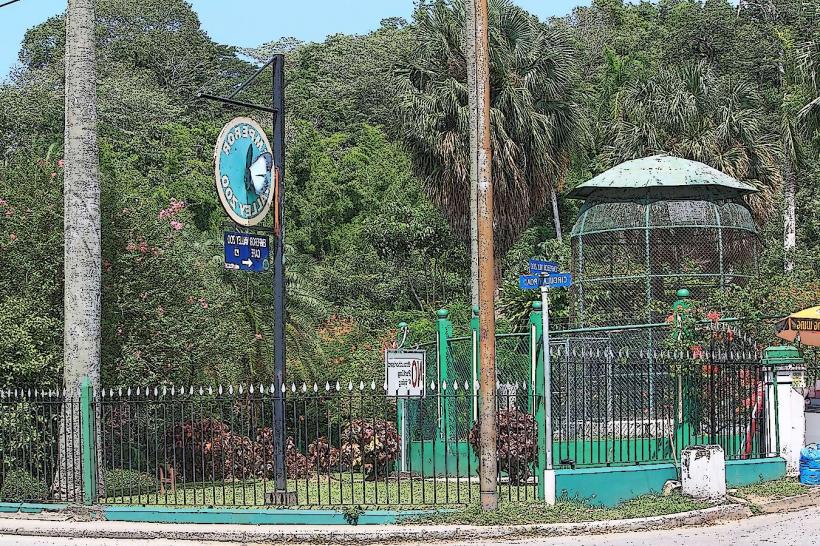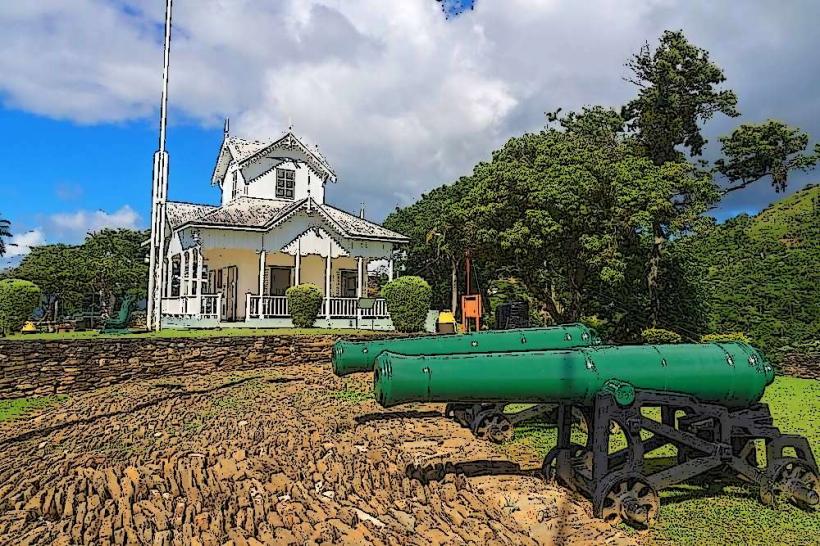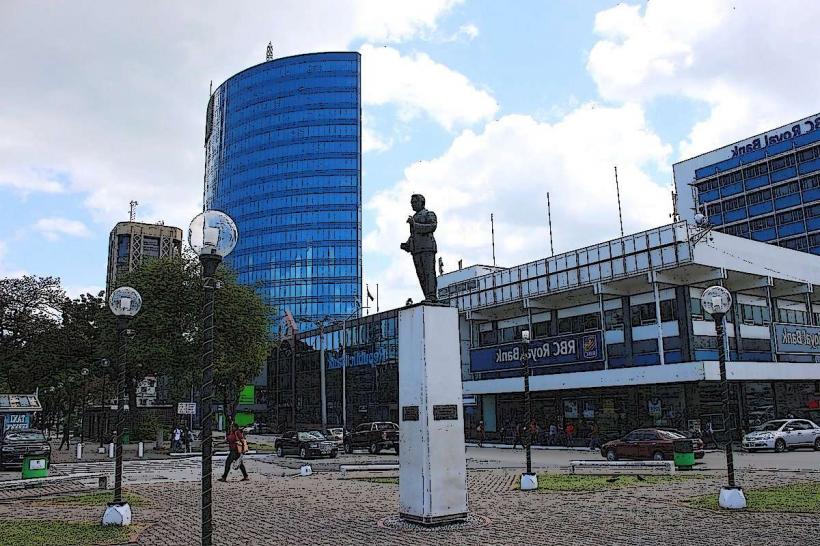Information
Landmark: Magnificent SevenCity: Port of Spain
Country: Trinidad and Tobago
Continent: North America
The Magnificent Seven refers to a group of seven grand, colonial-era mansions located along the Queen's Park Savannah in Port of Spain, Trinidad and Tobago. These mansions are notable for their historical, architectural, and cultural significance, as they are remnants of the country's colonial past. The buildings were constructed during the late 19th and early 20th centuries, showcasing the wealth and influence of the British colonial elite in the region. Here’s a detailed look at these iconic structures:
1. Whitehall
- Architectural Style: Neo-Colonial, with a grand facade featuring large windows and balconies.
- History: Whitehall is the former residence of the first Prime Minister of Trinidad and Tobago, Dr. Eric Williams. It later became the official residence of the country's Prime Minister until it was converted into a museum. Today, it houses the National Museum and Art Gallery.
- Significance: It is one of the most famous of the Magnificent Seven and an important site for historical and cultural education.
2. Ambard's House (Ambard's Mansion)
- Architectural Style: Victorian with elements of classical design.
- History: Ambard's House is named after its original owner, a wealthy businessman. The house has been converted into a center for the arts and cultural activities, contributing to the local community.
- Significance: It stands as a symbol of the prosperity of the colonial elite and is an important piece of Port of Spain’s architectural history.
3. Stollmeyer’s Castle
- Architectural Style: Neo-Gothic with castle-like turrets and medieval-style arches.
- History: Built in the 1900s, Stollmeyer’s Castle was the residence of the wealthy merchant, Heinrich Stollmeyer. The design of the mansion was inspired by medieval European castles, making it one of the most distinctive in the area.
- Significance: It is often admired for its fairy-tale-like appearance and is one of the most iconic buildings in Trinidad. Today, it is used for cultural and governmental purposes.
4. Killarney
- Architectural Style: Victorian, with classical influences and expansive verandas.
- History: Killarney was once the residence of the prominent local businessman, Sir Edward St. John. Its design reflects the grandeur typical of the late 19th century.
- Significance: Killarney is recognized as a prime example of colonial-era opulence, contributing to the historical tapestry of Port of Spain.
5. La Belle Creole
- Architectural Style: French-inspired Creole, with a focus on elegance and simplicity.
- History: La Belle Creole was designed as a grand mansion for a French Creole family, reflecting both European and local Trinidadian influences in its design and function.
- Significance: It holds a special place in the cultural history of the island, showcasing the fusion of architectural styles brought by different cultural groups.
6. Queen's Royal College (QRC)
- Architectural Style: Neo-Renaissance with large, arched windows and ornate detailing.
- History: Initially designed as a grand colonial residence, Queen's Royal College was later repurposed as a prestigious secondary school for boys. It remains one of the oldest and most respected educational institutions in Trinidad and Tobago.
- Significance: Although no longer a mansion, the QRC building is part of the Magnificent Seven because of its historical importance and striking architectural style.
7. Morne Coco Villas
- Architectural Style: Colonial Revival with large verandas and expansive lawns.
- History: The house was originally part of a sugar plantation estate before being developed into an upscale residence. It has undergone various renovations over the years.
- Significance: Its historical context and scenic location make it a vital part of the Magnificent Seven, contributing to the overall heritage of the area.
Significance of The Magnificent Seven:
Architectural Heritage: These mansions display a range of architectural styles, from Neo-Gothic to Colonial Revival, that illustrate the evolution of Trinidadian design during the colonial period. The lavish designs reflect the wealth and social status of their original owners.
Cultural and Historical Impact: The Magnificent Seven represent the period of British colonial rule in Trinidad and Tobago and stand as reminders of the country’s colonial past. Many of these buildings have been repurposed for government, educational, and cultural uses, serving as living legacies to Trinidad’s diverse history.
Tourism: The Magnificent Seven is a popular tourist attraction in Port of Spain, offering visitors a glimpse into the colonial history of the island. The homes are also admired for their unique designs and picturesque settings.
In conclusion, The Magnificent Seven are more than just impressive buildings; they are integral to understanding the history and cultural development of Trinidad and Tobago. They remain an important part of the national identity and an enduring symbol of the island’s architectural grandeur.

